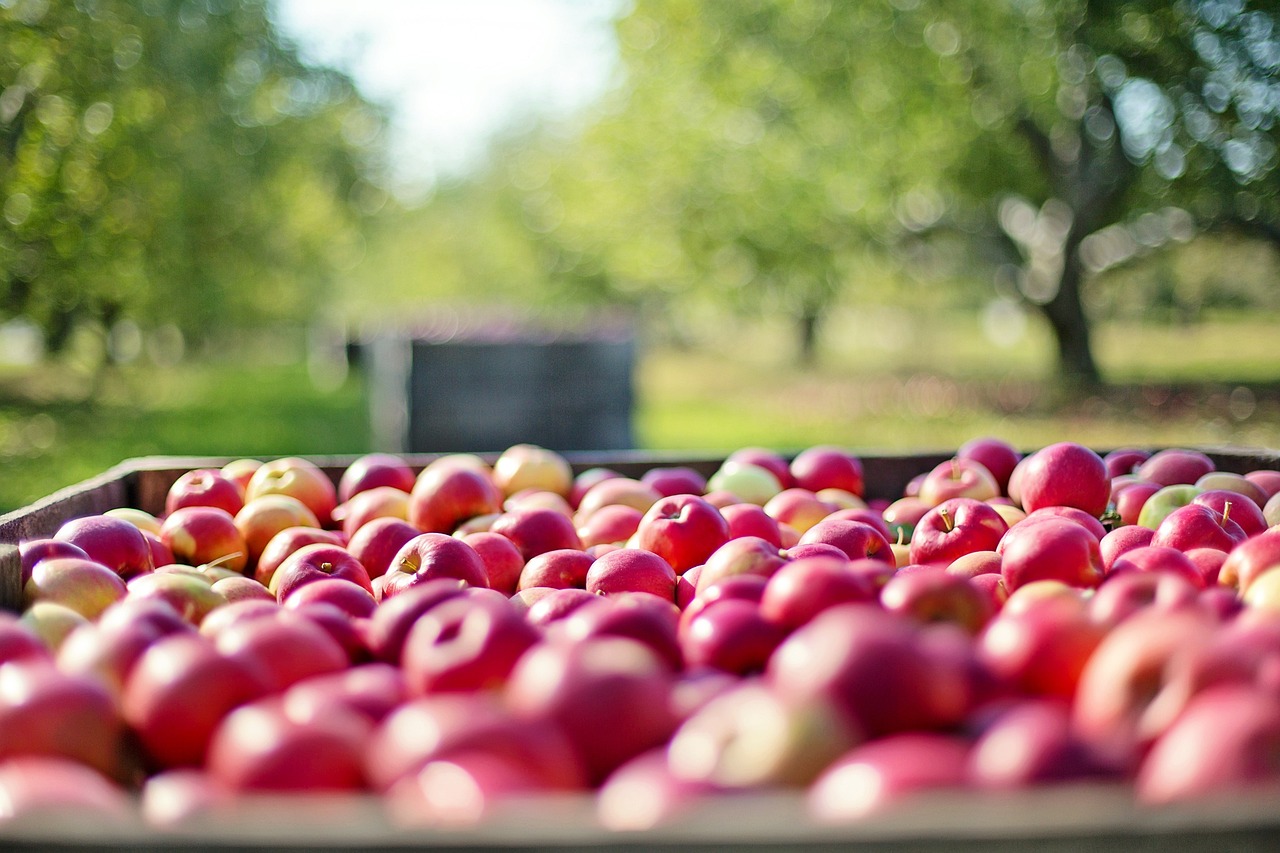Precision agriculture is one of the most promising technologies in the agriculture industry. This approach utilizes technology such as GPS, sensors, and drones to collect data on crop growth and soil conditions. This data is then analyzed to create detailed maps of the farm and optimize planting, fertilization, and harvesting. Precision agriculture can help farmers to increase yields, reduce waste, and decrease the use of water and other resources. It also enables farmers to make data-driven decisions, which can improve the overall efficiency of their operations.
One of the main benefits of precision agriculture is the ability to reduce inputs and increase efficiency. By using sensors to gather data on soil moisture, temperature and other factors, farmers can make more informed decisions about when to plant, fertilize and apply pesticides. This can help reduce costs and increase yields.
Precision agriculture also allows farmers to identify and target specific areas of their fields that are in need of attention. For example, if a field has a nutrient deficiency, precision agriculture can pinpoint the specific area of the field where the deficiency is located, allowing farmers to apply the appropriate amount of fertilizer to that specific area.
Another benefit of precision agriculture is the ability to reduce environmental impact. By using data to optimize planting and fertilization, farmers can reduce the amount of water, pesticides and fertilizers they use. This can help to protect the environment and reduce costs for farmers.
However, precision agriculture also has its challenges. One of the main challenges is the high cost of implementing precision agriculture technology. The cost of sensors, drones and other equipment can be prohibitive for many small farmers. Additionally, the cost of data analysis and interpretation can also be a barrier for some farmers.
Another challenge is the lack of standardization in precision agriculture. There are many different types of sensors, software and equipment available, and they may not be compatible with one another. This can make it difficult for farmers to integrate precision agriculture technology into their existing operations.
Autonomous tractors and other farm equipment are also becoming increasingly popular in modern farming. These vehicles are equipped with sensors and cameras that allow them to navigate and perform tasks on the farm without human intervention. This can help to reduce labor costs and improve efficiency, as the tractors can work around the clock without breaks. Autonomous tractors can also be programmed to detect and avoid obstacles, which can help to reduce accidents on the farm.
One of the main benefits of autonomous tractors is the ability to reduce labor costs. By using autonomous tractors to perform tasks such as planting and harvesting, farmers can reduce the need for human labor. This can help to lower costs and increase efficiency.
Another benefit of autonomous tractors is the ability to work around the clock. Unlike human workers, autonomous tractors can work 24 hours a day, 7 days a week.



